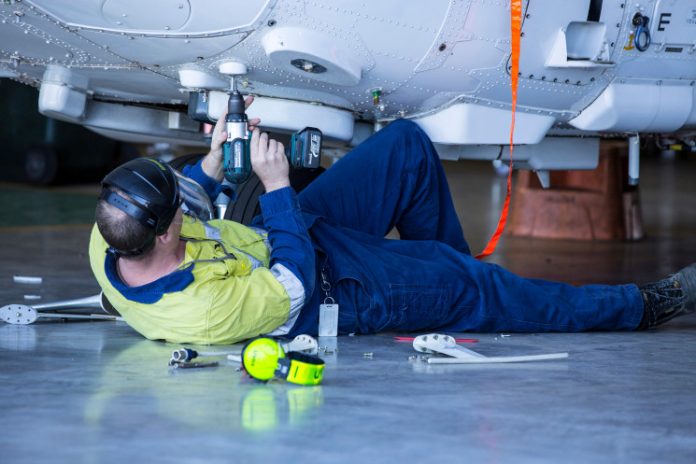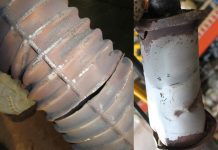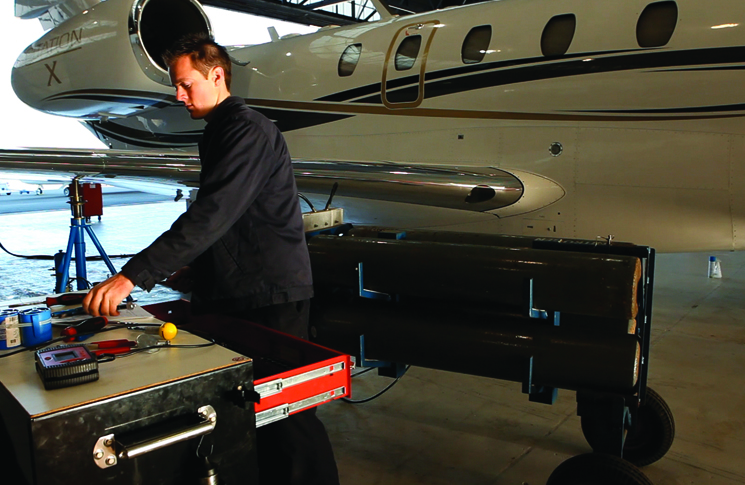
Aircraft maintenance engineers play a vital role in ensuring safety across the aviation industry. Millions of passengers rely on aircraft to take them on their next adventure – aircraft that have been assessed by licensed engineers to ensure they are safe and airworthy to fly.
That’s why we’re highlighting their important contribution to aviation through Maintenance Month. Throughout the month of May we’ll be raising awareness of the different career paths that aircraft maintenance engineers take on while also encouraging individuals to consider careers as an engineer.
What to expect in Maintenance Month
- Hear from our own engineer experts and aviation safety advisors at a series of webinars (topics will be announced on 2 May)
- See what some of our previous AME scholarship winners have been up to
- Read a variety of maintenance articles pulled from the archives of Flight Safety Australia
- Enter a competition to win one of 3 gift cards to Snap On Tools (conditions apply)
The month will highlight the dedication and expertise of engineers to keep Australian skies safe while also acknowledging their commitment to aviation safety.
Follow CASA on social media – Facebook, LinkedIn, or Instagram – to ensure you don’t miss out on celebrating with us. You can also subscribe to our maintenance newsletters to receive maintenance updates throughout the year.




